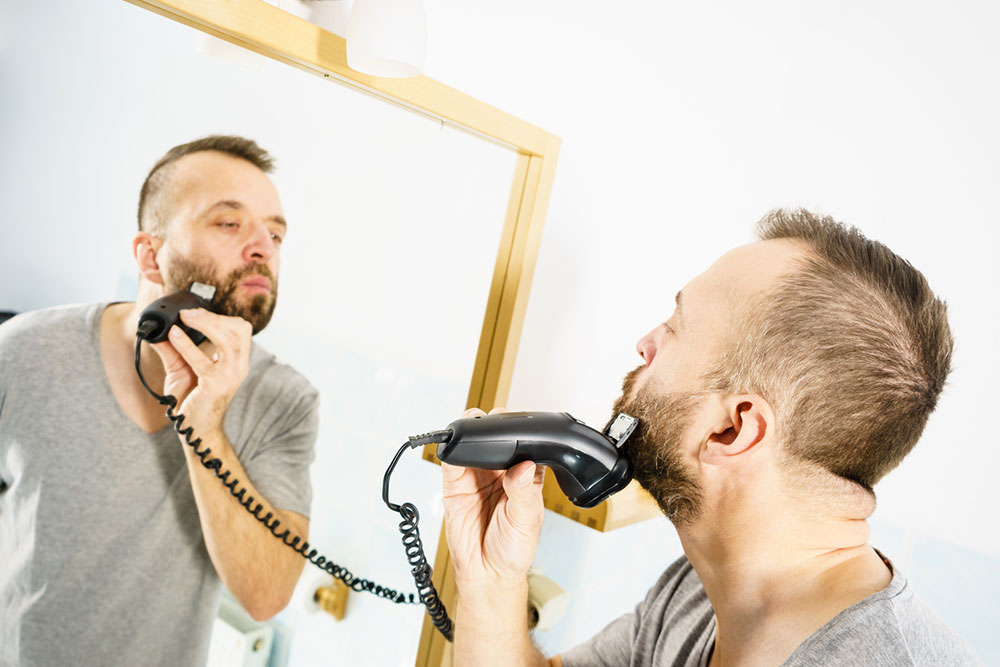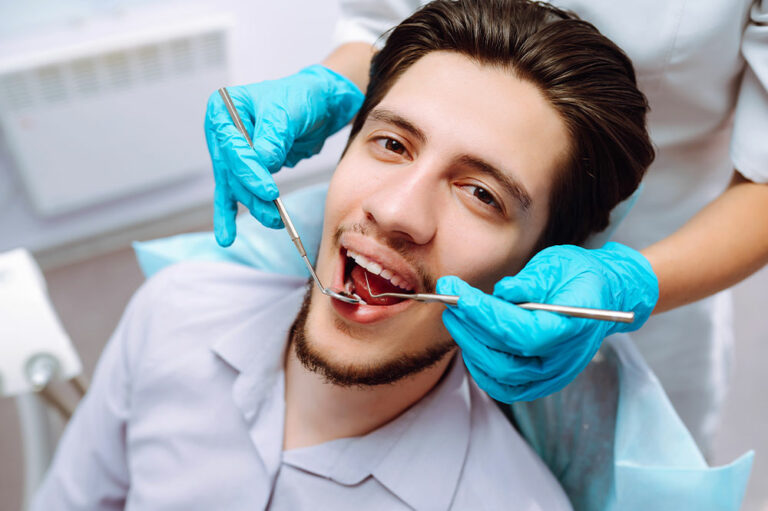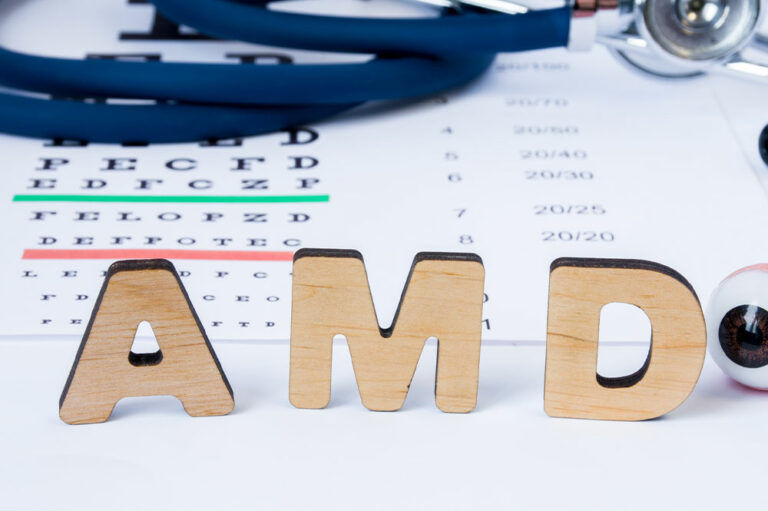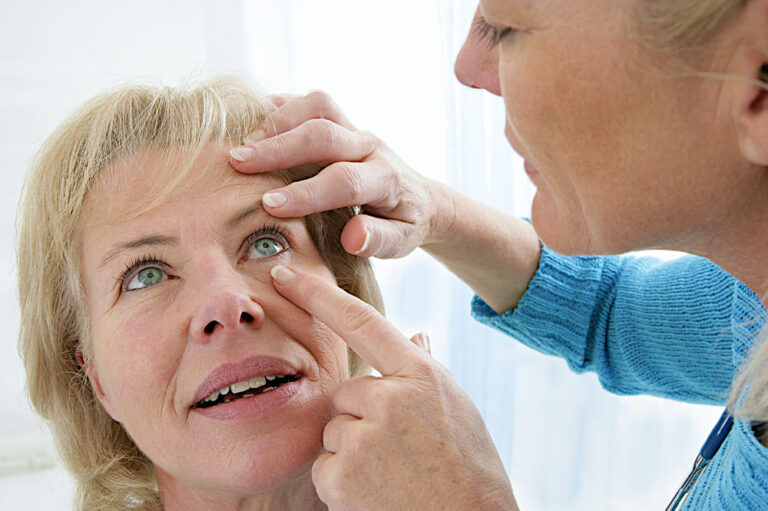
15 popular ways to remove body and facial hair
In the pursuit of smooth, hair-free skin, one can explore various methods to remove unwanted body hair. It is essential to research and understand the hair removal options so individuals can tailor their choices based on preferences, pain tolerance, longevity, number of sessions required, and desired duration of results. Understanding the pros and cons of each method empowers individuals to make informed decisions, ensuring a smooth and personalized approach to the process.
Shaving
Shaving is a quick and affordable method for removing body hair. Individuals can easily trim hair at the surface using a sharp razor and lubricating shaving cream. Its benefits include immediate smoothness and minimal discomfort. However, regrowth is noticeable within a few days, and there’s a risk of cuts or irritation if not done carefully.
Waxing
Waxing involves applying hot or cold wax to the skin, pressing a waxing strip on the area to ensure the wax sticks to the hair, and then swiftly pulling it off, removing hair from the root. This method provides longer-lasting results compared to shaving, with regrowth appearing after several weeks. Regular waxing may lead to finer and sparser hair over time. While it can be uncomfortable, the benefits include smoother skin and reduced regrowth frequency.
Hair removal creams
Depilatory creams contain chemicals that break down hair structure, making it easy to wipe away. The method is painless, and the results are quick. Benefits include softer regrowth than shaving. However, it’s crucial to follow instructions to avoid skin irritation. Regular use may lead to longer intervals between hair removal sessions.
Epilation
Epilators are electronic devices that grasp and pull out multiple hairs simultaneously. While initially uncomfortable, regular use can lead to longer-lasting results compared to shaving. Epilators are versatile and can be used on various body parts. The benefits include smoother skin for an extended period, with regrowth becoming finer over time.
Laser hair removal
Laser hair removal uses concentrated light to damage hair follicles, inhibiting future growth. It is recommended to opt for professional services for safety and effectiveness. The benefits of laser hair removal include long-lasting results, reduced regrowth, and diminished hair thickness. While multiple sessions are often required, laser hair removal is a popular choice for those seeking semi-permanent solutions.
Threading
Threading is an ancient method using twisted cotton threads to trap and remove hair. It provides precision, making it ideal for facial hair removal. Benefits include minimal irritation and precise control over hair removal. While not suitable for large areas, threading is favored for shaping eyebrows and removing unwanted facial hair.
Sugaring
Sugaring is a natural alternative to waxing and uses a sticky sugar paste. Applied against hair growth and pulled off, it removes hair from the root. The process’s benefits include less irritation than traditional waxing and a natural, chemical-free approach. While it may not be as widely available, sugaring is appreciated for its effectiveness and gentleness on the skin.
Trimming
Trimming is suitable for those who want to maintain some hair length without complete removal. Electric trimmers or scissors can be used to shorten hair, providing a neat and groomed appearance. Its advantages include control over hair length and minimal risk of irritation. Trimming is ideal for maintaining a well-groomed look without the commitment of complete hair removal.
Electrolysis
The process is based on damaging the hair follicle with the use of an electric current. Depending on the thickness and volume of hair, individuals may require a varying number of sessions to achieve desired results. Electrolysis is capable of getting rid of fine and light or gray-colored hair that lasers fail to target. One can expect to feel a slight tinge or tingling sensation in the areas the procedure targets.
IPL hair removal
Intense Pulsed Light (IPL) devices emit light that targets hair follicles, inhibiting growth. While at-home devices are available, professional services offer more effective and long-lasting results. Benefits include reduced regrowth and potential permanent hair reduction over time. IPL is suitable for various body parts, providing versatility in hair removal.
Tweezing
Tweezing involves using tweezers to pluck individual hairs at the root. This method is precise and suitable for smaller areas like eyebrows and chins. Its advantages include a longer period of regrowth and the ability to shape with precision if required, such as for the eyebrows. While it can be time-consuming for larger areas, tweezing is valued for its accuracy.
Dermaplaning
Dermaplaning is a method that uses a sharp blade to remove fine facial hair and exfoliate the skin’s surface. Its benefits include smoother skin texture and improved product absorption. While it doesn’t affect hair growth, dermaplaning is chosen for its exfoliating and brightening effects, making it a popular choice in skincare routines.
Rotary epilators
Rotary epilators are a variation of traditional epilators equipped with rotating discs to grasp and remove hair. They offer a more comfortable experience compared to standard epilators. The benefits include efficiency and a smoother operation, making them suitable for larger areas. While not painless, rotary epilators are appreciated for their effectiveness.
Hair removal pads
Hair removal pads are infused with chemical depilatory agents and are rubbed against the skin to remove hair. This method is convenient and can be done at home. Benefits include ease of use and a quick solution for hair removal. While not as long-lasting as some methods, hair removal pads are valued for their simplicity.
Hair removal sprays
Similar to depilatory creams, hair removal sprays contain chemicals that break down the hair structure. They are sprayed onto the skin and wiped away, and the advantages of this process include ease of application and quick results. It’s crucial to follow instructions to prevent skin irritation. Regular use of the sprays may lead to softer and finer regrowth.







